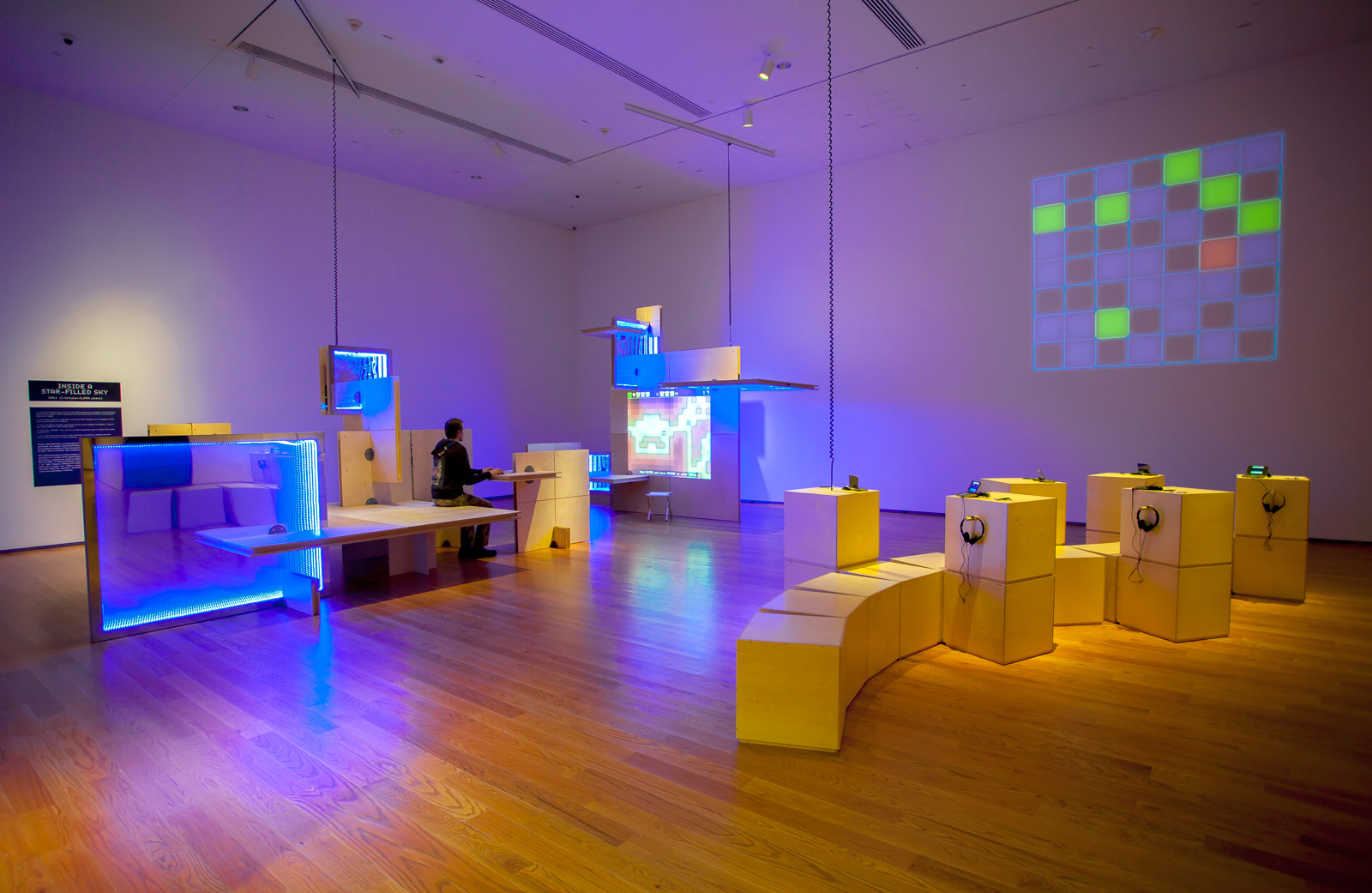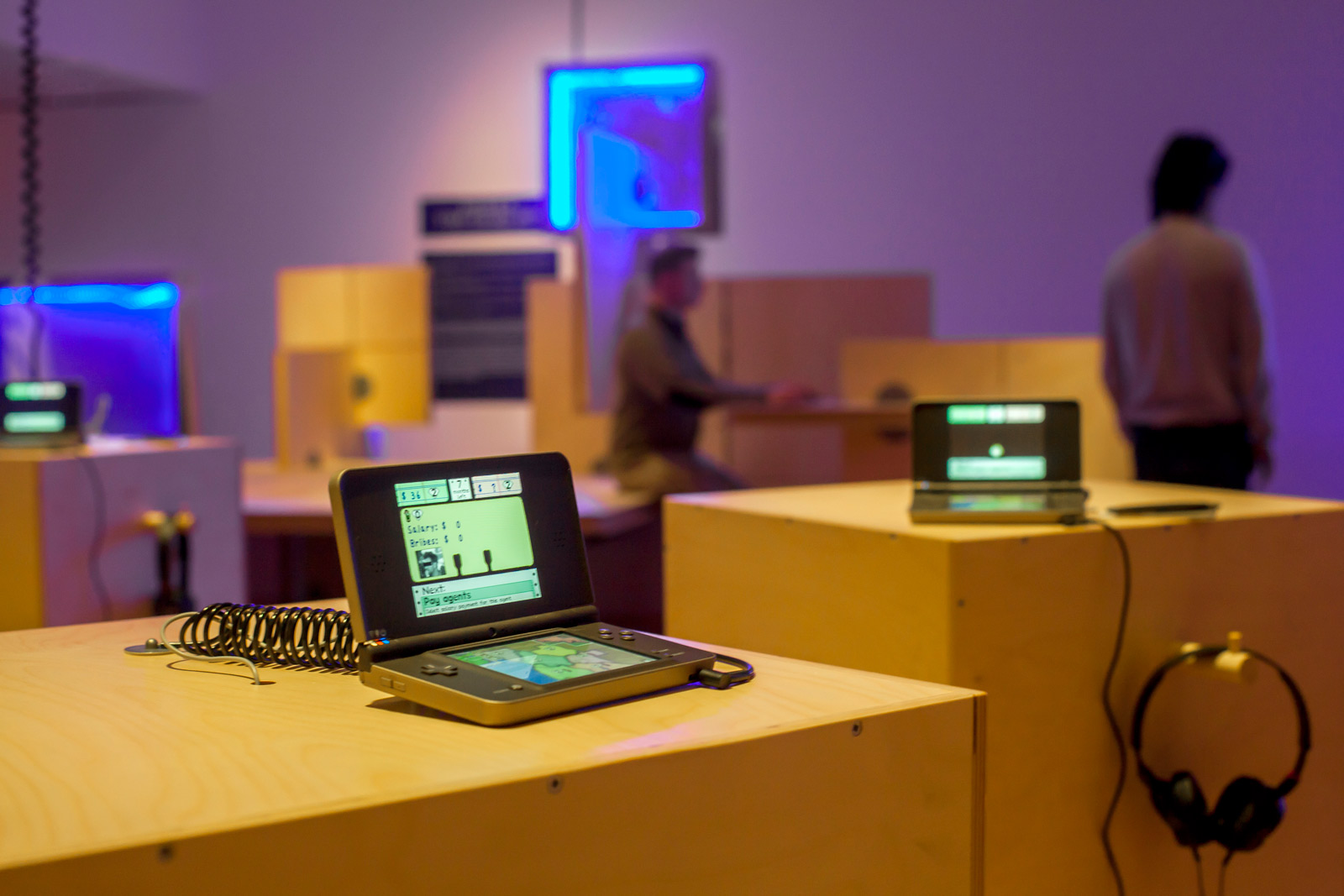The Game Worlds of Jason Rohrer at Davis Museum, Wellesley
An exhibition dedicated to one video game artist’s work and career

For over 12 years, Jason Rohrer has lent his artistic vision and computer programming capabilities to the world of video game design. Along the way, he has elevated both artistry and narrative offerings. With that, accolades unfolded—including inclusion in MoMA’s video game art group show. As a new first, Rohrer is the subject of the first-ever museum exhibition dedicated to one sole video game artist. “The Game Worlds of Jason Rohrer,” opening today at Wellesley College’s Davis Museum lets guests get hands-on with more than two dozen works—some of which appear in new form (namely, large-scale, site-specific build-outs of his games). It’s immersive, engaging and offers an opportunity to look at the scope of work from a man who is impacting a largely consumed world.

The exhibition calls to light several interesting industry developments. As Rohrer explains, “I think that video games have struggled for quite a while—maybe 30 or 40 years—with their cultural positioning.” For products sometimes still perceived as nothing more than time-consuming, Rohrer’s work leads to something more substantial. “People like myself and many other video games-makers have been trying to figure out how to make games that are worthy of a better place within culture. If we were to sit there and say video games should be shown more respect, but all we have to show are teenage male power fantasies, we wouldn’t make a great case for ourselves. We knew video game-makers had to make the first move in order to be worthy of consideration and study. We are just getting started.” For those who aren’t familiar with such steps in the industry, this exhibition marks a great starting point.

It’s a challenge to display these works which were never intended to be in a gallery or situated in the world of fine art
Perhaps most impressive, the large-scale interpretations of his games manage to reflect his initial inspirations and emotions, but also allow for larger audience experiences. “It’s a challenge to display these works,” Rohrer continues, “which were never intended to be in a gallery or situated in the world of fine art.” Rohrer, the curator and the team at Davis Museum thought on ways to increase access and the idea of sculptural installations dawned on them. “It’s how we figured out how to make video games approachable to people wandering around a museum floor. One of the games that was built out requires three hours to really play it and understand it. I do not think anyone will come to the museum and play the game for three hours, so we created a system where people can walk up and play.” Additionally, there’s a space with multiple individual laptops with games loaded. These allow guests to put on headphones, jump into games and not feel like they are monopolizing the larger public works.

There are 16 of Rohrer’s games available to play on site, either through the build-outs or the personal laptops. Rohrer cites his game Passage as the one that truly made people realize what he was up to. Passage debuted in 2007 and shook video game players for its deep emotional tones. Players become a character embedded in a maze and, during that time, they experience what is, in essence, an entire life in which decisions make navigating everything even more difficult. Passage is available to play at his exhibition, and most other works featured hail from later in his career.

“People don’t expect to walk into a museum and touch art work,” says Rohrer, “but here, that renders the work incomplete. People must pick up the controller and fulfill the role of the main character. It’s what makes it interesting, but it’s also a challenge for people nervous about public performances or participation. You have to walk up. You have to pick up the controller and say, ‘Yes I am controlling this game and other people will watch me,'” Rohrer concludes. While the exhibition is still fun to observe in a passive sense, we agree that investing time in the games themselves (whether publicly or privately) will lead to a much stronger experience and a better understanding of Rohrer has been up to for over a decade.
“The Game Worlds of Jason Rohrer” runs from 10 Feb through 26 June 2016, at the Davis Museum at Wellesley College (106 Central Street, Wellesley, MA).
First three images courtesy of Benjamin Kou, all other images courtesy of Thomas Willis












